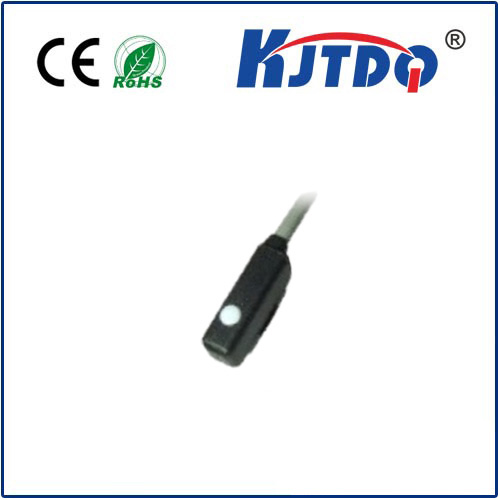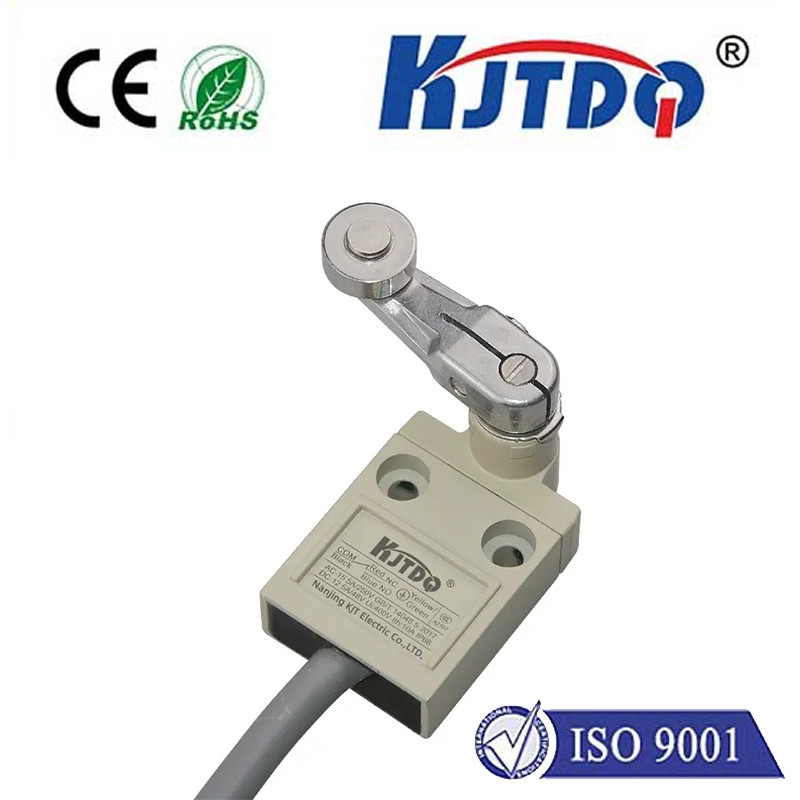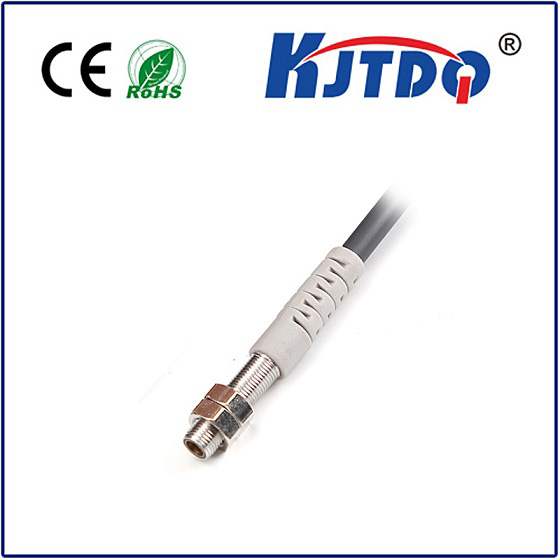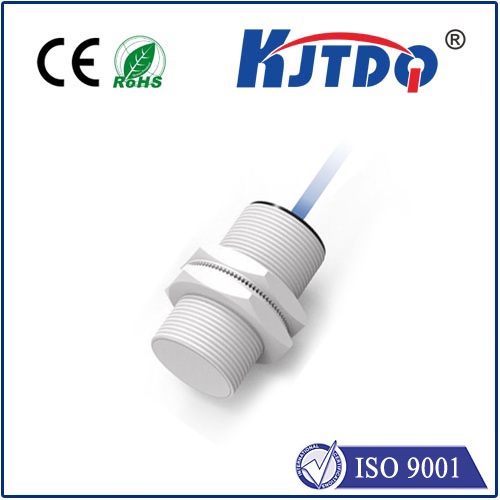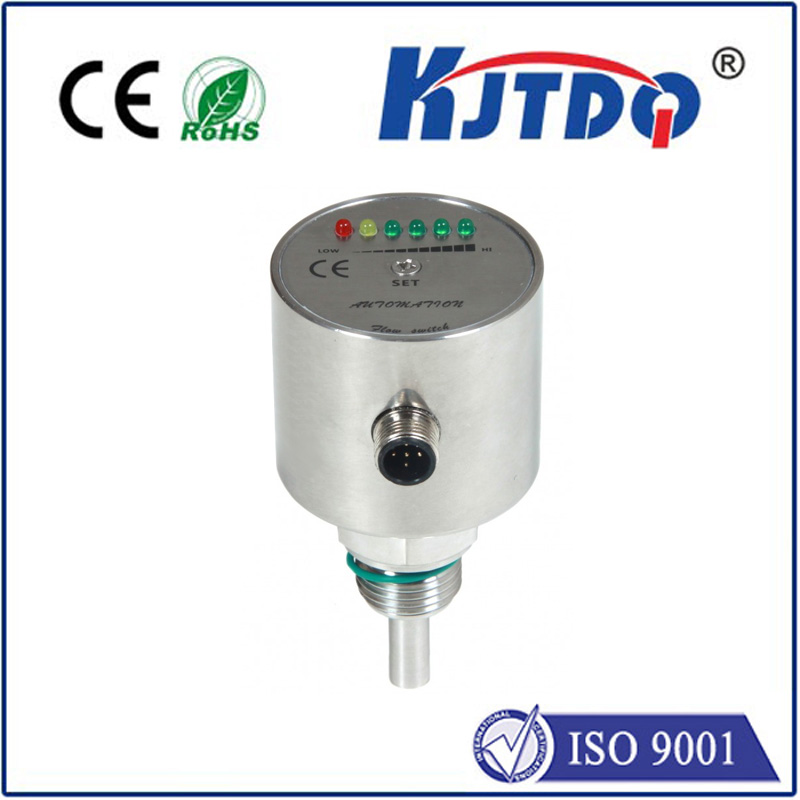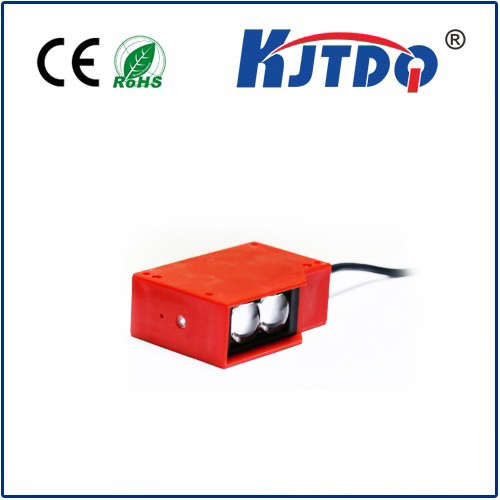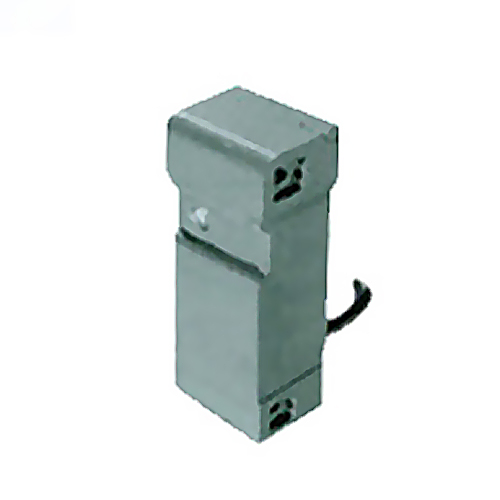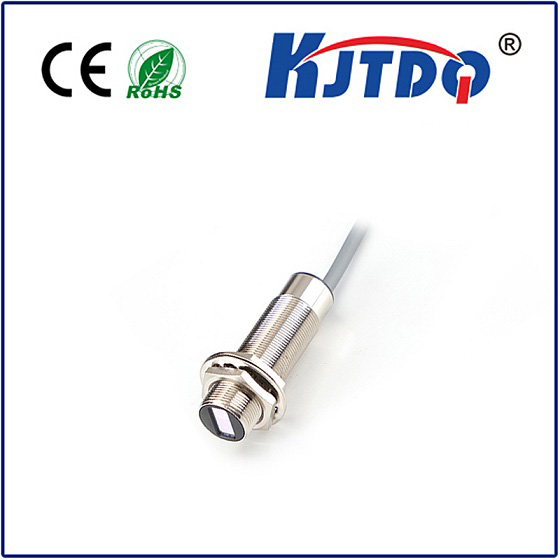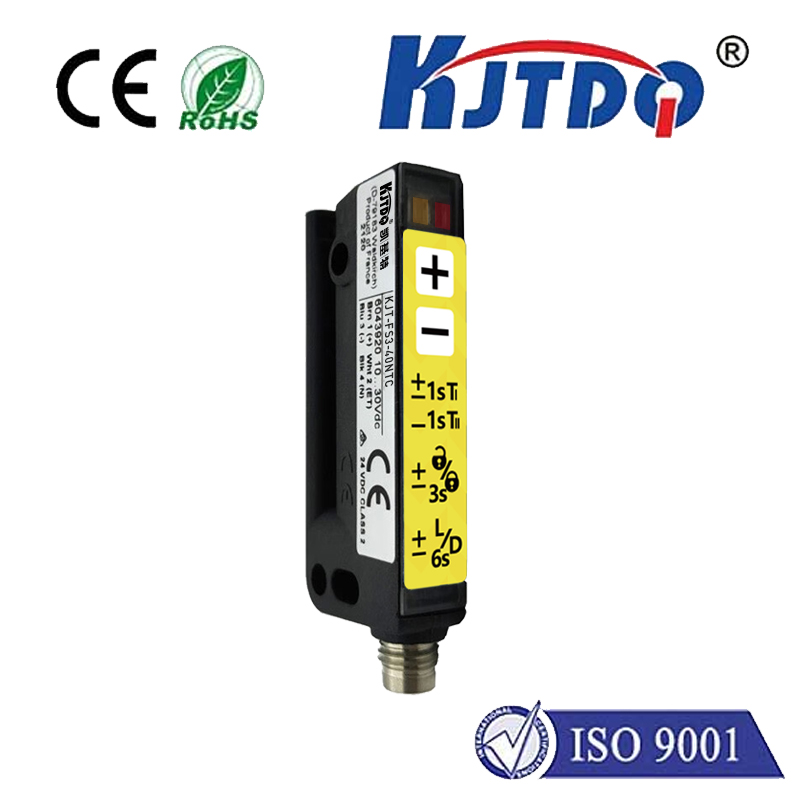oppo f17 call sensor
- time:2025-07-14 15:16:47
- Нажмите:0
Oppo F17 Call Sensor: Your Pocket’s Hidden Guardian Explained
Ever experienced that minor panic during a call? You pull the phone away from your ear, expecting to see the keypad or a button, only to find the screen stubbornly black. Or worse, you find yourself accidentally muting the call or triggering apps with your cheek. If you’re an Oppo F17 user, the small hero preventing (or sometimes seemingly causing) these moments is the call proximity sensor. Let’s dive deep into this essential, often unnoticed feature.
What is the Proximity Sensor and Why Does Your Oppo F17 Need It?
Simply put, the proximity sensor near the top edge of your Oppo F17 (usually nestled close to the earpiece) is a tiny infrared (IR) eye. Its primary mission during a phone call is remarkably straightforward:
- Detect Near Objects: When you raise the phone to your ear, the sensor detects the close proximity of your head/face.
- Blank the Screen: It instantly sends a signal to the phone’s software to turn off the display.
- Prevent Accidents: This prevents your ear or cheek from accidentally pressing on-screen buttons – hanging up, muting, launching the calculator, or anything else.
- Save Power: It also conserves battery life by turning off the screen when it’s unnecessary during the call.
This happens automatically and incredibly quickly. You shouldn’t even notice it working when everything functions perfectly – the screen just goes dark intuitively when you put the phone to your ear and lights up as soon as you move it away.
The “Call Sensor” in Action: More Than Just Ear-Detection
While its main stage is during voice calls, the proximity sensor’s role can sometimes extend subtly:
- Pocket Protection: Some Android implementations, potentially including Oppo’s ColorOS, might leverage the sensor to prevent accidental screen touches while the phone is in your pocket or bag. If the sensor detects constant darkness (like inside a pocket) and then light, it might briefly prevent touch input until unlocked, adding a layer of security against accidental dials or app launches. This isn’t always explicitly labeled as a separate “pocket mode” on the F17, but the sensor contributes to preventing unintended actions.
- Speakerphone Handoff: When you move the phone away from your ear during a call, the sensor detects the absence of a close object, prompting the screen to wake up. This allows you to easily tap the speakerphone button or access other in-call options seamlessly.
When the Oppo F17 Call Sensor Acts Up: Understanding “Problems”
That moment of a blank screen after you’ve pulled the phone away, or the screen stubbornly staying dark, can be frustrating. It’s important to remember that the sensor itself rarely fails mechanically. Most perceived “Oppo F17 call sensor problems” stem from:
- The Inevitable Culprit: Screen Protectors & Cases: This is the number one cause. Tempered glass screen protectors, especially thick ones or poorly aligned ones, or bulky cases that encroach near the sensor area, can physically block the IR beam. The sensor either constantly “sees” something close or can’t see properly at all.
- Dirt and Grime: A buildup of dust, pocket lint, makeup, or oils right over the tiny sensor window can severely obstruct its function. A regular gentle clean of the top bezel area is vital.
- Software Glitches: Occasionally, a temporary bug in the phone’s system software or the phone app itself might cause the sensor data to be misinterpreted.
- Calibration Drift (Less Common): Over a very long period, the sensor’s calibration might drift slightly, though this is less frequent than the other issues.
Fixing Your Oppo F17 Call Sensor Experience: A Practical Guide
Before assuming hardware failure, try these steps:
- Inspect & Clean: Examine the top bezel near the earpiece. Do you see the small sensor window? Use a clean, dry, soft-bristled brush (like a new makeup brush) or compressed air to gently dislodge dust. Dampen a lint-free microfiber cloth slightly with water (never spray liquid directly on the phone!) and gently wipe the area. Ensure no residue remains.
- Check Screen Protector & Case: Does your screen protector perfectly align with the sensor cutout? Is any part of your case pushing up against or covering the sensor area? Try removing the case temporarily and making a test call. If the problem disappears, your case is likely the issue. If you suspect the screen protector, try a call without it (carefully!) to test. Consider replacing it with one known to have a precise cutout.
- Reboot: The classic tech fix! A simple restart can clear temporary software glitches interfering with the proximity sensor functionality. Hold the power button and select restart.
- Check for Software Updates: Go to
Settings > Software Update. Oppo frequently releases updates that include bug fixes. Installing the latest software can resolve underlying sensor control issues.
- Calibration Check: While ColorOS doesn’t always offer a direct user-facing proximity sensor calibration tool, you can often trigger a diagnostic or reset function:
- Open the Phone dialer app.
- Dial
*#808# to access the “Engineering Mode” menu (availability might vary slightly by region/software version).
- Navigate to
Proximity Sensor Test or similar.
- Follow the on-screen instructions (usually covering the sensor and uncovering it). This often runs a test and can reset calibration. Exit the mode carefully and avoid changing other settings unless instructed.
- Safe Mode Test: Boot into Safe Mode to see if a third-party app is causing interference.
- Press and hold the power button until the power off menu appears.
- Long-press the “Power off” option on-screen until you see a prompt to reboot to Safe Mode.
- If the sensor works fine in Safe Mode, a recently installed app is likely the culprit. Uninstall apps one by one to find the offender.
- Factory Reset (Last Resort): Back up everything first! A factory reset (
Settings > Additional Settings > Backup and Reset > Erase all data) can wipe away deep-seated software conflicts. Only proceed if other steps fail and sensor hardware failure becomes a possibility.
Optimizing Your Call Experience
Understanding the Oppo F17 call sensor demystifies those moments of screen blanking. It’s not a glitch; it’s a sophisticated feature designed for convenience and protection. By keeping the sensor area clean, choosing compatible accessories, and performing simple troubleshooting like restarts and potential calibration checks, you ensure this tiny guardian works flawlessly, protecting your calls and your phone from unwanted pocket adventures. Remember, that brief moment of darkness when you raise the phone is a sign your device is intelligently saving you from accidental taps and saving precious battery life.
